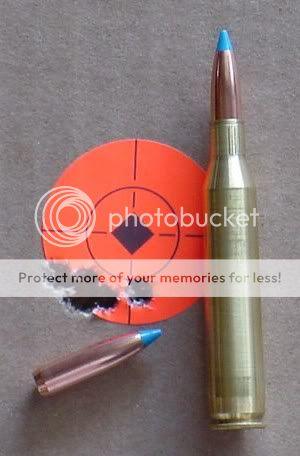boomtube
Well-Known Member
"...groups shrink down considerably when using fire-formed brass when compared to new. In my case I believe fire-formed brass gives much better headspace when I control shoulder bump to .002". I also find regular annealing helps too. Maybe it will be too much to say I use a concentricity gage to identify errors/differences in my process and reduce runout ... "
Two questions:
1. 'Considerable' tells us nothing; how much change did you see?
2. Is it at least possible that a considerable part of that 'considerable' change do you attribute to "fireforming" as opposed to the use of that concentricity gage and maybe some other advanced loading techniques as well?
Bottom line, cause and effect sometimes get scrambled. In a very long time of reloading I've never seen any dramatic or consistant accuracy difference between fired and virgin cases but I have seen accuracy degrade as cases age, even with regular annealing. Ditto every other experienced handloader I've discussed the question with. ??
Two questions:
1. 'Considerable' tells us nothing; how much change did you see?
2. Is it at least possible that a considerable part of that 'considerable' change do you attribute to "fireforming" as opposed to the use of that concentricity gage and maybe some other advanced loading techniques as well?
Bottom line, cause and effect sometimes get scrambled. In a very long time of reloading I've never seen any dramatic or consistant accuracy difference between fired and virgin cases but I have seen accuracy degrade as cases age, even with regular annealing. Ditto every other experienced handloader I've discussed the question with. ??

